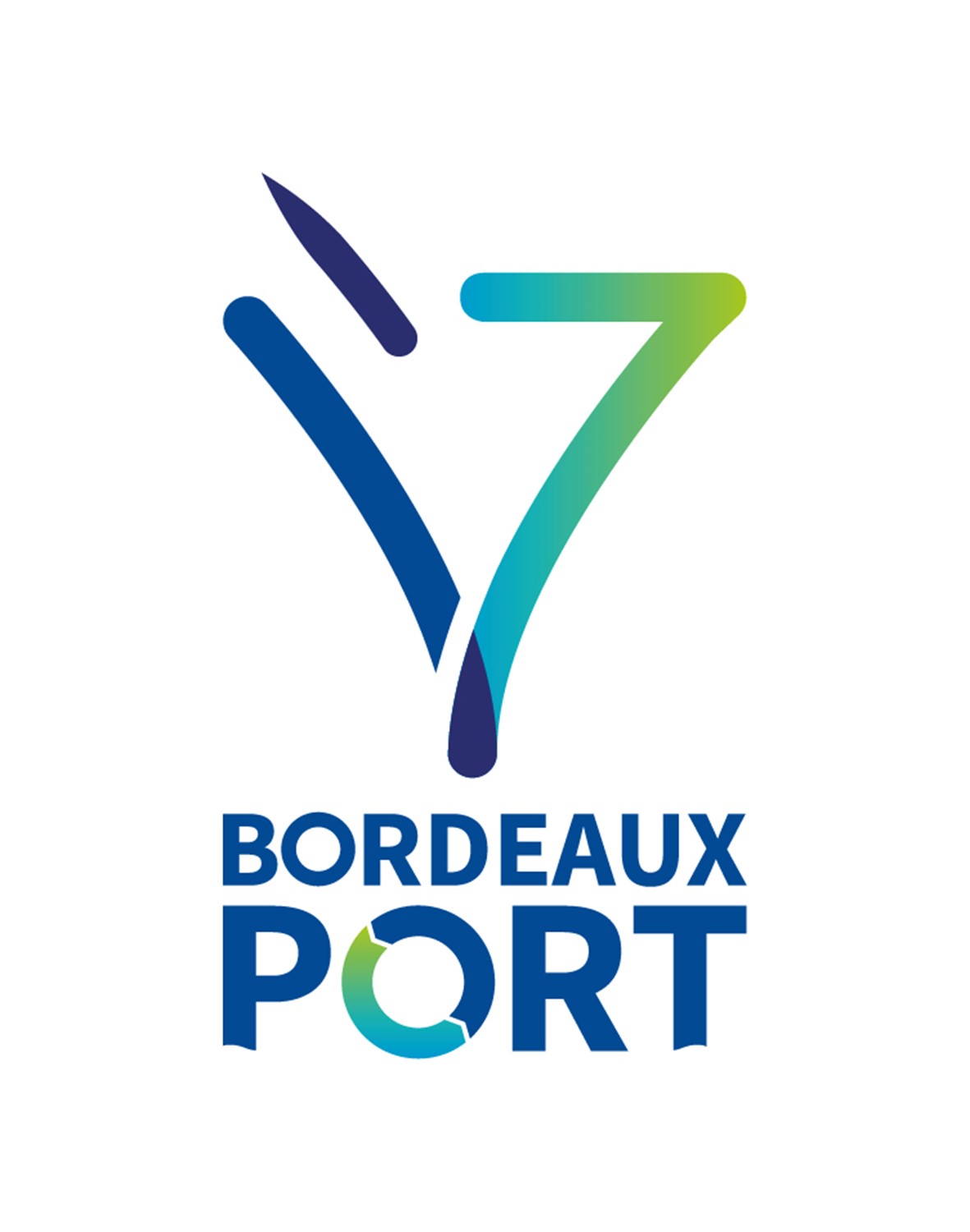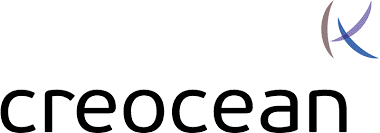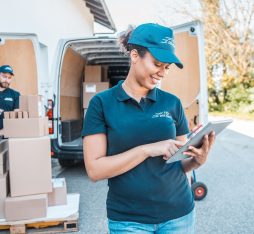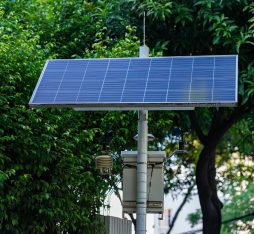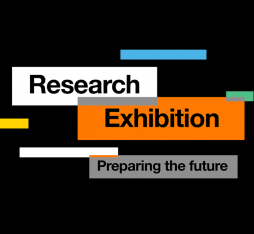Commercial ports are complex organizations made up of various staff and manufacturers working together: supply chain employees, ship-owners, terminal managers, heavy industry workers, etc. Port ecosystems are experiencing reindustrialization obstacles as they face up to new supply chain and energy challenges, but also the transition to “green,” “blue” or “circular” economies. The economic model for major ports must break away from a system that is centered around fossil fuels, particularly the transport and refining of oil, and move toward the production of renewable energy. Supply chain development must align with international objectives on climate change, as well as air, water and land pollution and the preservation of biodiversity. These are all perspectives that have been at the heart of the European project PIXEL (Port IoT for Environmental Leverage). With Orange as a major player, the project aimed to provide digital tools to measure and compare the environmental impact of commercial ports.
Measuring the Environmental Performance of Commercial Ports
Between 2018 and 2021, the PIXEL research project brought together 15 European partners, of whom four were French: Orange as the only carrier, joined by the Atlantic Port of Bordeaux, the CREOCEAN research lab and the ‘Centre aquitain des technologies de l’information et électroniques’ (CATIE – the Nouvelle-Aquitaine Digital Technology Centre). PIXEL defined tools and algorithms to evaluate and predict the environmental impact of commercial ports, with the aim of enabling ports to assess their various environmental impacts and identify areas for improvement. To do this, the project collected and processed data from information systems (arrival and departure of boats, type of cargo, volume of goods, water analysis, electricity consumption), IoT sensors (air quality, noise and light pollution, number of vehicles on ships) and external data sources (boat specifications, atmospheric conditions). One of the difficulties of the project was that the data was extremely heterogeneous, both technically, i.e. in terms of format, collection method and volume (several thousand pieces of data per year for ship movements, several million IoT readings from environmental sensors) and in terms of who is responsible for these different sources (port authority, port operator, local authority).
Valuable Indicators and Tools
The two main indicators constructed by PIXEL are the Port Environmental Index (PEI) and the Port Activity Scenario (PAS). The PEI shows the environmental performance of the port in real time. It is a good tool for comparing ports. The PAS aims to build a digital twin of the goods processing chain and measures the associated environmental costs.

The use of open source FIWARE components has made it possible to implement heterogeneous data collection solutions. FIWARE standardizes data representation and contributes to making processing algorithms more generic and reusable.
Data at the heart of environmental performance in commercial ports
The PIXEL project was deployed at and tested on four commercial ports (Bordeaux, Thessaloniki, Piraeus and Monfalcone) to ensure that the solution could be replicated and affordably adapted to different environments by adjusting the data collectors to reuse the algorithms.
PIXEL results confirmed the benefit of using digital twins, which can be shared between port stakeholders. The project also highlighted that the problem with data collection and sharing is not just a technical issue. Stakeholders are often reluctant to cede control of their data and share its value with others. The use of distributed digital twins, paired with an edge computing approach, can help break this barrier. Edge computing brings data processing closer to where it is produced. It also helps strengthen cybersecurity. In other words, the distributed architecture offers better control over the flow of data. The use of digital twins makes solutions more resilient by providing an abstraction layer between the components, irrespective of the technological choices of each stakeholder.
The work carried out on the PAS (Port Activity Scenario) and the digital twin opens the door to other uses, such as the operational improvement of collaboration between different stakeholders in port supply chains.
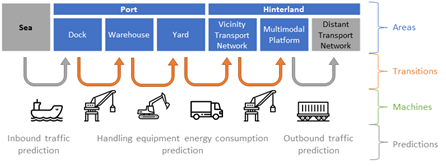
By capitalizing on the PIXEL project, a first use case on waste management has been implemented in a very real way as part of another project with industry and port stakeholders in Le Havre.
Moving Toward Ecosystem or Territorial Data Platforms
These days, environmental issues concern/interest all economic stakeholders in port activity. The use of data is an important lever to address these issues, but the response to this data must be approached systemically to maximize its benefits. For this, knowledge silos need to be broken down, because each entity has, often without knowing it, data that is crucial for others. The sharing and circulation of data within the port ecosystem creates more individual and collective value. Establishing how a territorial data platform might look is a first step toward a value proposition for an environmental observatory.
Technical, Governance and Sovereignty Issues
Beyond environmental performance, this sharing of data opens the door to a multi-service approach.
For this, governance methods and regulations must be defined and implemented, allowing data to be shared safely within “digital commons.”
Other key expectations include interoperability, openness, neutrality, cybersecurity and sovereignty. Technical interoperability and openness, with the use of standards, allows data of very different types, formats and origins to be shared within a large ecosystem. The neutrality of the solution, in terms of the value chain of the port stakeholders who will share this data, is key. Cybersecurity is a growing challenge to ensure a high level of control and trust in the circulation of data. Digital sovereignty is a growing concern for economic stakeholders on many levels: legislation, hosting infrastructure, software, transport and data circulation.
Looking Ahead
COVID-19 severely disrupted port activity and, therefore, the PIXEL experiment. Despite this, the project highlighted several problems and some possible solutions.
The PEI (Port Environmental Index) tool proved its effectiveness in identifying areas for improving energy and climate issues. Since the end of the project, several ports have expressed their interest in implementing its findings.
The difficulties of sharing data between different stakeholders and the associated consent issues are more relevant than ever.
Distributed digital twins and associated tools such as certification from the IDSA (International Data Spaces Association) are starting to appear as ways to explore/look into addressing these issues. They also provide economic and environmental solutions to unite and therefore release the full potential of emerging ecosystems.






